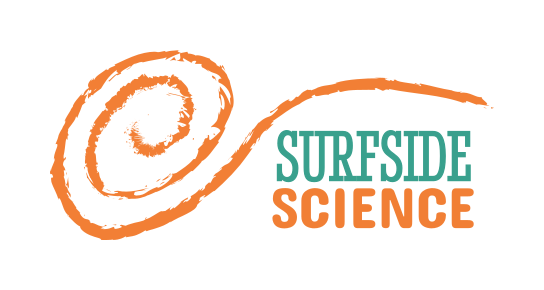We are seeking (a) partner(s) to support the Surfside Science project with computer engineering services to develop software components to facilitate environmental monitoring and data access for a contract duration of 36 weeks during the project period ending in July 2023.
The project is funded by the European Union and seeks to validate methods for monitoring of air quality, water quality, and mapping of coastal environments. Every piece of the project should be documented for replication, and content should be licensed as open source to facilitate this. The project will develop and share products and methods that can be used by other communities to monitor their local environment, collect and share data.
From the project proposal, the description of activities related to the required computer engineering services are as follows:
(3) Underwater imagery collection and analysis – Led by the fieldwork team, imagery will be collected by volunteers using submersible drones and manually using GoPro cameras, GPS tools and a kayak. Images will be stitched and analysed by a machine learning algorithm developed by the computer engineering team.
(5) Online portal development for data collection and dissemination – The computer engineering team will develop an online database to accommodate: (i) live and historical data from sensors installed in the field, (ii) automated analysis of GIS data at regular intervals, and (iii) channels to receive and store collected images. The database and portal to access raw data and data products will be shared publicly once the methods and data are validated.
Validated protocols, code, and instructions will be carefully documented and uploaded to GitHub for replication and adaptation, and documentation of any methods that are not validated will be carried out to inform future research. Documentation will cover not only data collection methods, but also the database tools for data storage, analysis, and presentation. Each team will be responsible for their own methods, with a collaborative peer review process between teams and with other local and foreign scientists that are willing to help, including lecturers and PhD candidates from the University of Aruba.
Key results of the requested services with suitable platforms are specified as follows:
- Database (mySQL, SQLite, Influx, FeathersJS as appropriate)
- Designed to connect well with data sources below
- Arduino-based environmental monitoring stations
- Google Earth Engine mapping from scripts
- Uploaded imagery
- Air quality data, collected from field sensors hourly
- Particulate matter PM1.0, PM2.5, PM10.0 (μg/m3)
- Temperature (°C)
- Relative Humidity (% Saturation)
- Water quality data, collected from field sensors hourly
- Acidity (pH)
- Dissolved oxygen (mg/L)
- Temperature (°C)
- Conductivity (μS/cm)
- GIS maps, created periodically (e.g. monthly) from satellite imagery
- Coastline/shoreline boundary (shapefiles)
- Reef island boundaries and measurements (shapefiles, csv)
- Seafloor habitat classification (shapefiles, geotiffs)
- Coastal vegetation extent (shapefiles, geotiffs)
- Underwater imagery, collected and uploaded by volunteers
- Combining images with GPS tracks to geotag images
- Breaking videos down into images and adding timestamp data
- Resizing for efficient storage, suitable for machine learning processing
- Designed to connect well with data sources below
- Web portal (PHP, HTML, Javascript)
- Website with access to view and download above data
- Underwater imagery + GPS track uploading
- AI mapping (Tensorflow, Keras, Python)
- Training of machine learning model on labeled imagery
- Classification of new imagery
- Image segmentation of diverse imagery
- Object identification where appropriate
- Processing of classified images with geotag data to produce maps of seafloor cover (shapefiles, geotiffs)
- Automated GIS processing (Python) – in collaboration with satellite mapping team
- Python scripts to run Google Earth Engine (javascript) code and store results in database
- Field sensors (C++, Arduino) – in collaboration with electrical engineering team
- Air and water quality stations measuring parameters and uploading to database periodically, with GSM connectivity and solar power
Systems should be developed in alignment with the electrical engineering team to ensure connection of monitoring stations to the database, with the GIS mapping team to automate mapping scripts and save resulting data products, and with the fieldwork team to collect and analyze underwater imagery. Testing and validation efforts will also need easy access to database contents throughout the project.
A signed sworn declaration, linked here, is required for any contracted organization.
More information about the project is available on our website, and the initial proposal is in the project document here.
Please submit inquiries and proposals by email to science [at] brenchies [dot] com
